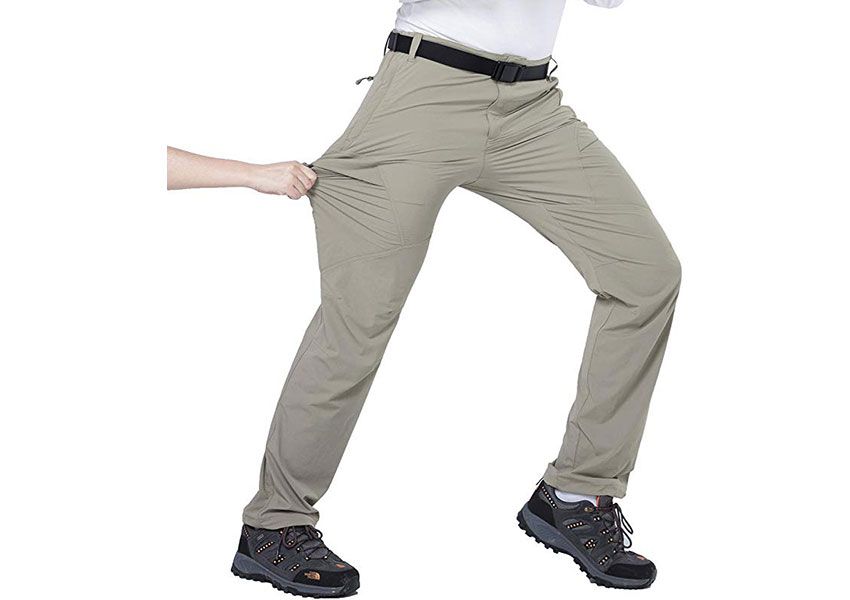Deciding what to take with you when you travel have always been one of your main challenges – and that frustration is why I eventually created my own detailed packing list for travel essentials I want to share with you.
The most important things a woman should pack when traveling are her intuition and Diva Cup
Women on the Road’s Ultimate Long-Term Travel Packing List for Women
Documents & Bags
- Passport + extra photocopy of the front page of your passport
- Additional photo ID (such as a driver’s license, student ID) debit and/or credit cards
- Health insurance card and contact number
- Plane or train tickets and passes
- Wallet
- Travel purse or daypack
- Foldable duffle, in case, if you think you may buy enough for an additional backup bag
- Luggage: small carry-on rolling suitcase or travel backpack
Personal Items
Don’t bring too many items with you – just your usual toiletries; If you carry on, everything needs to be TSA-approved (follow the 3-1-1 rule).
- Deodorant ←my current fave
- Soap
- Lotion
- Face stuff
- Hair stuff ← I use this as my conditioner, hair pomade, and skin lotion
- Razor
- Makeup
- Toothbrush
- Toothpaste
- Floss
- Lip balm
- Eyedrops (good for dry eyes, or refreshing the eyes after wearing contacts and/or glasses)
- Essential oils (good for travel are a germ-fighting blend, lavender, peppermint, and citrus-like lemon)
- Feminine products
- Deodorizing wipes
- Prescription medicines
- Melatonin helps you with jet lag
- Charcoal capsules, for help digesting
Clothing
- Jeans or pants, 1-2 pair
- Dresses or skirts, 1-2 ← I have 4 of those skirts, they’re so great!
- Layering short and long-sleeve tops, a few
- Cardigans, 1-2
- Thin sweater, 1
- Lightweight rain jacket, 1
- Socks, 2-3 pair
- Pajamas, 1 set
- Underwear ← my faves for travel
- Scarf or pashmina that can double as a mini blanket
- Walking shoes
- Walking sandals
- Ballet flats or booties
Tech Accessories
- Phone
- Laptop or tablet
- Camera + accessories, if you want to extend the capabilities on your phone
- E-reader or book
- Power cords for all devices
- Earbuds
- Adapter
- Travel power strip, if you think you’ll be charging a ton at once
- Portable USB charger
Photo by Andre Furtado from Pexels


 Photo: Amazon
Photo: Amazon Photo: Amazon
Photo: Amazon Photo: Amazon
Photo: Amazon Photo: Amazon
Photo: Amazon



 Photo: Amazon
Photo: Amazon



